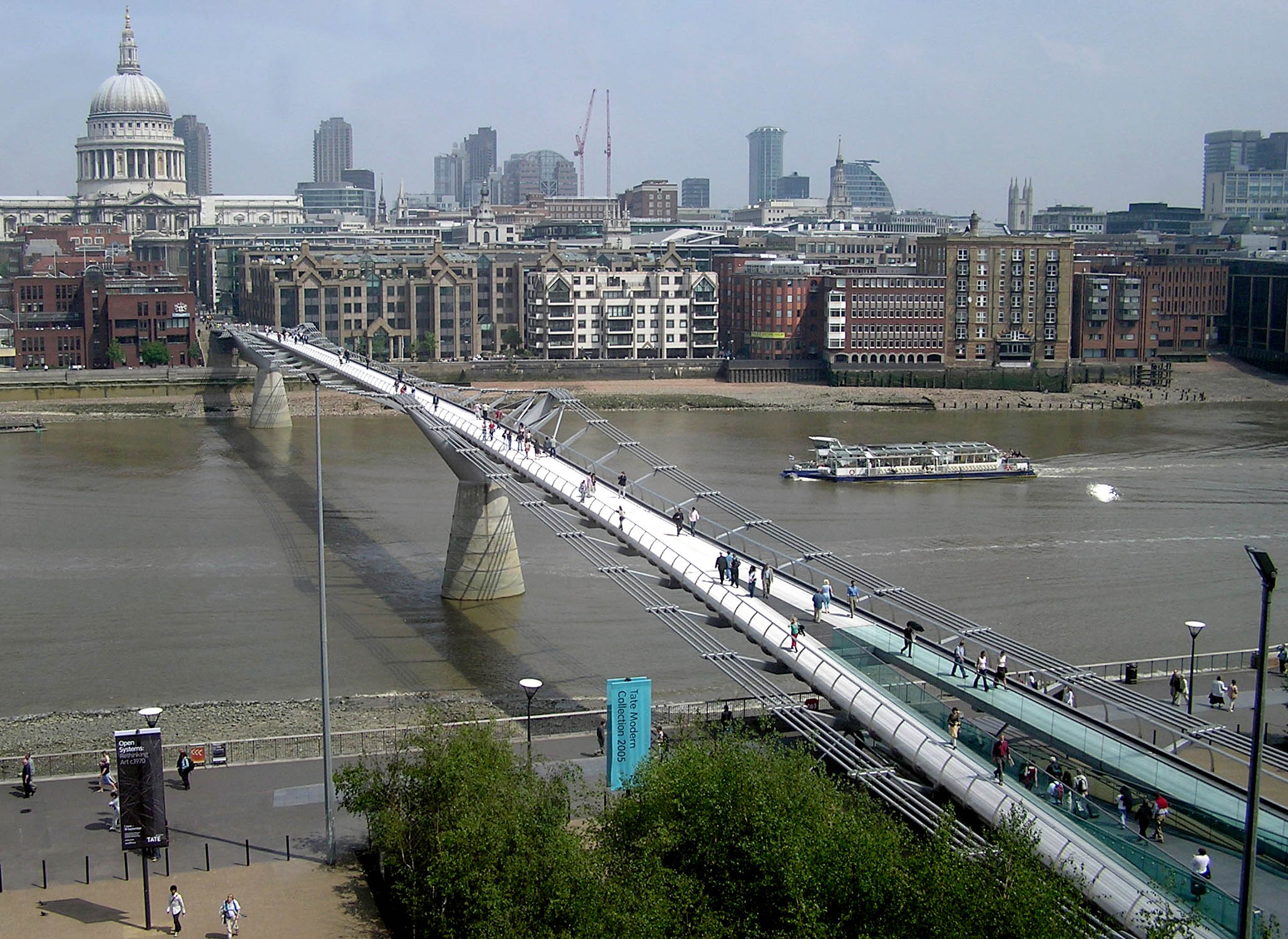From pbs.org:
...the concept of dynamic soaring dates back to the 1880s, when it was proposed by the physicist Lord Rayleigh. “He was watching the flight of birds and he figured out that birds could take advantage of gusts of wind,” explains Bowers. “He reasoned that as a stronger gust would hit a bird, the bird would see that as an increase in the amount of energy that it had and could convert that energy into an increase in altitude...”
Continue reading the article at pbs.org: Thermal vs. Dynamic Soaring
Monday, October 19, 2009
Monday, October 12, 2009
Changing Dynamics of Aerodynamics
The wind engineering community, like so many other science and engineering fields, are constantly exploring ways in which emerging and evolving technologies can be incorporated to enhance the current body of work.
This paper, entitled "The Changing Dynamics of Aerodynamics: New Frontiers," highlights some of the collaborative work being conducted between the NatHaz Lab and other partners. It will be presented at APCWE VII in Taipei, Taiwan.
This paper, entitled "The Changing Dynamics of Aerodynamics: New Frontiers," highlights some of the collaborative work being conducted between the NatHaz Lab and other partners. It will be presented at APCWE VII in Taipei, Taiwan.
Labels:
conference,
keynote,
science and technology,
wind
Tuesday, September 29, 2009
Finding Order in Fluid Currents
"Over the past 10 years, scientists have made enormous strides in their ability to identify and make images of the underlying mechanics of flowing air and water, and to predict how objects move through these flows...."
... story continued at nytimes.com "Finding Order in the Apparent Chaos of Currents"
... story continued at nytimes.com "Finding Order in the Apparent Chaos of Currents"
Labels:
fluid,
science and technology
Thursday, September 24, 2009
ICOSSAR 2009 Keynote
This video is of the first 10 minutes of Prof. Kareem's keynote address at ICOSSAR 2009.
Out of Step on the Bridge

(image from Wikipedia)
The Millennium Bridge in London, England, which opened in 2000, became famous for its "wobbly" motions after crowds of pedestrians moved across it. Different theories into the nature of the bridge motion were developed, one of which was highlighted in the May 2009 issue of ASCE's Civil Engineering Magazine in an article entitled "Bio-mechanics Research Yields Clues to Millennium Bridge Wobble." Dr. Kareem has provided some insightful follow-up comments to this article.
Labels:
bridge,
wobbly structures
Tuesday, September 22, 2009
Making the most of storm damage
(image from Wikipedia)
In March of 2008, a tornado outbreak made its way through the city of Atlanta, GA. Roofs were damaged on low rise structures, trees were uprooted and glass damage was common to the high rise structures in the tornado's path. A year later, the city and building owners chose to make the best of the situation by rebuilding "Green".
Atlanta rebuilds "Green" after tornado. from the Atlanta Journal-Constitution (registration may be required)
Labels:
glass damage,
green,
thunderstorm,
tornado
Monday, September 21, 2009
ICOSSAR 2009 Keynote Lecture
The Audacity of Change: A Transition to Nonstationary and Nonlinear Era
by Dr. Ahsan Kareem
by Dr. Ahsan Kareem
Labels:
conference,
earthquake,
multi-hazard,
presentation,
typhoon,
wind
Thursday, September 17, 2009
Travel through Dubai at 818 mph
Take a quick journey through the cityscape of Dubai from the vantage point of the metro at 818 mph.
Labels:
skyscraper
Monday, September 14, 2009
224-story Skyscraper
From the Los Angeles Times...
"A Santa Monica architect known for his high-rise designs is working on what may be the ultimate "spec" building -- a 224-story skyscraper with green ambitions that would be the tallest structure in the world."
Click here for the full article
"A Santa Monica architect known for his high-rise designs is working on what may be the ultimate "spec" building -- a 224-story skyscraper with green ambitions that would be the tallest structure in the world."
Click here for the full article
Labels:
skyscraper
Friday, September 11, 2009
Embedded Documents
Leave it to Google to come up with very useful web features. With Google, it is possible to embed PDF and PowerPoint documents directly into the web page. No need for downloading or opening the document in another program, it can be viewed directly from the web page.
Labels:
features
Subscribe to:
Posts (Atom)



